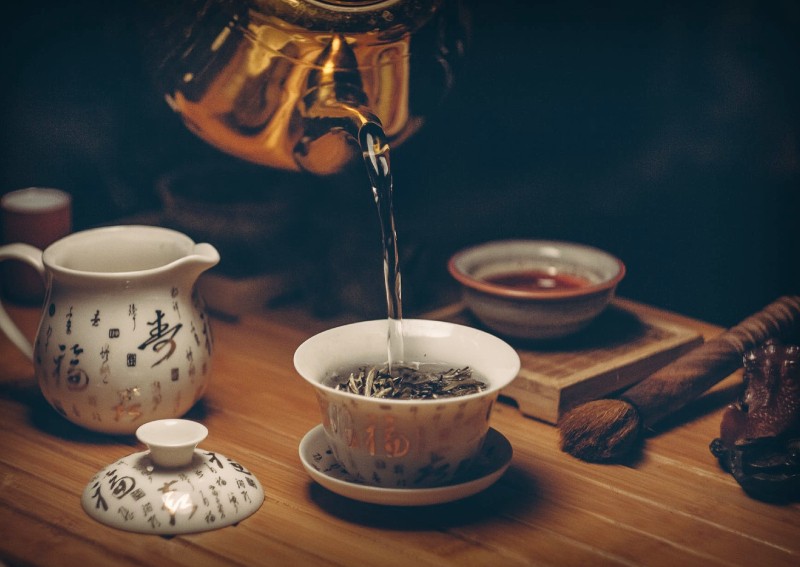A tea sommelier shares her top tips on tea appreciation

At the newly opened 5 ON 25 Cantonese restaurant at Andaz Singapore, tea is as much the main focus as the cuisine. Tea sommelier, Li Guanyi, is the resident expert and hails from Changchun in the Jilin province. We find out what she’s bringing to the table to add to the smattering of tea-infused cocktails and existing boutique tea shops here.
I grew up drinking Pu’er tea. This is my personal favourite and I have an affection for it because of its deep, complex layers of tastes and textures. The tea profile is bitter and intense on first taste but gradually delivers layers of sweet notes with an earthy tang upon careful savouring. It is very much like fine wines, the greater the age of Pu’er, the better.
The two most interesting things about tea that I’ve learned are from Japan.
The first is “quality over quantity”. With roots in the Tang and Song dynasties, tea culture promotes so many different varieties of tea and we see many modern updates today.
The other thing I’ve learned and appreciate is the sense of ceremony in Japanese tea culture. A typical ritual demands perfection and stillness in the mind, one that withstands the hands of time and continues to grow with age. Unwinding and relaxing in our modern society amidst a fast pace of life doesn’t have to be loud and excessive. It can be as simple as a tea-drinking ritual, which has become popular over the years.
Yes, certain adaptations were needed. Given that Singapore is a multicultural society with cohesive values, the curated tea menu that we offer at 5 ON 25 in Andaz Singapore is one that combines traditional tea culture with flavour profiles that cater to both local and international guests.
There is a selection of rare and unusual leaves, including the rare snow chrysanthemum which is only found at a high altitude; the pure, light flavour of Anxi Royal Guan Yin, and a vintage 21-year-old Pu’er. For the adventurous tea drinkers, we have also worked with the bar team to craft innovative tea cocktails that showcase the vibrancy that tea can bring to the table.
Tea drinking is a personal experience and it varies for different drinkers. Unlike coffee which delivers a jolt of energy, I consider tea as an unhurried, calmer alternative.
To appreciate tea, I recommend drinkers to take a moment to pause, and calm the mind and emotions before having a cup of tea. Then start by appreciating its colour, fragrance, and slowly relish its taste profile. Understanding the history and cultural origins of the tea will also help add a deeper impression while drinking it.
Just like how red wines are best savoured in a Bordeaux glass, tea can be best enjoyed in specific tea ware that are designed to best bring out the flavour and texture of each tea. A proper tea cup, or cha wan 茶碗, will evoke a different and more accurate representation of the tea you’re enjoying.
Proper pots and cups are also only part of the ritual as there are other factors in tea appreciation, such as the type of water used, brewing time, temperature and surroundings. For an everyday tea drinker, a peaceful state of mind and a simple tea strainer cup will suffice.
Instead of good tea or bad tea, I prefer to label the teas according to their grades. Connoisseurs will be able to tell superior leaves apart by its quality, colour, aroma, shape and flavour.
Although the maxim of “you get what you pay for” still rings true, tea drinking is a personal preference. A young adult may prefer flower or green tea while an older adult may prefer a stronger black tea. A simple benchmark for me is that if a cup of tea is memorable, it is a cup of good tea.
The restaurant has collaborated with a tea supplier to create an exclusive 5 ON 25 Signature Tea. Comprising a nourishing blend of oolong, goji berries, osthmanthus and longan, these ingredients are loaded with antioxidants and nutrients, which are known to improve one’s overall wellbeing. Also, its profile complements the restaurant’s refined dishes and is suitable for all ages.
This article was first published in The Peak.